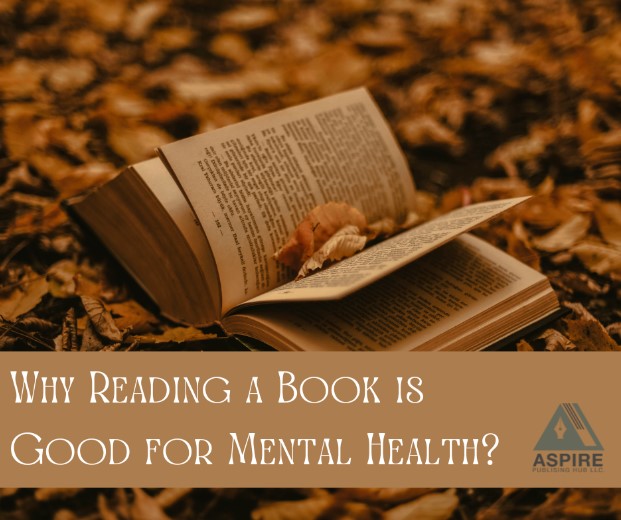If the author is aware of the specific kind of editing that should be done on their work, it is not necessary to hire a large number of editors.
Comprehensive Edit
Line editing and developmental editing are both included in this type of editing. Detailed comments on the manuscript’s pages will be included with the editorial letter’s discussion points. This edit would include notes, comments, and suggestions throughout the book as well as track change. This would show precisely how and where the author might best address any concerns.
They will demonstrate to the writer how to use elements like voice, flow, dialogue, and clarity to make sure that each line supports the larger narrative, including the characters, plot, and ultimate meaning and effect.
Developmental Edit
A developmental edit entails a thorough analysis of the entire text of the author. It is intended to help the author make significant changes to the entire book. This type of edit places a strong emphasis on the storyline, character development, point of view, pace, and structure, though the editor may also point out strengths and weaknesses with everything from tone to setting to sentence construction.
This editor’s response to the author will take the form of an editorial letter that covers every aspect of the work and can be anywhere between three and fifteen single-spaced pages long.
Copy Edit
Copyeditors are meticulous people who are able to find every typographical, grammatical, spelling, usage, and continuity error in a book.
Line Edit
A line edit is specifically targeted at enhancing the author’s work at the phrase level, so almost every page may see multiple track changes and comments. A line edit will help the author make their sentences more polished, but it won’t address more significant issues like plot, character development, or structure.
A line edit, on the other hand, is more thorough than a copyedit, which is only interested in the subtleties of language and style. Although a line editor will frequently point out grammar mistakes, especially those that are repeated, the focus here is on flow, voice, dialogue, clarity, and impact. Their main goal is to help the author make each phrase more powerful.
Editorial Assessment
In a much shorter editorial letter, typically 1-2 pages long, an editor reviews the author’s work and offers general criticism. This is a less thorough and frequently less expensive service. Many of the same craft elements will be covered as in a developmental edit, but in less detail, with fewer to no on-page comments, examples to support ideas, and suggestions for improvement methods. If the author wants a professional’s evaluation of their book’s main virtues and flaws, it might still be quite helpful.
Proofread
It also requires a great deal of attention to detail, but this time it is done after the book has been prepared and typeset. In addition to formatting errors, missing page numbers, widows and orphans, and other layout problems, the proofreader will draw attention to any errors that the copy editor missed (or that were added as a result of addressing the copyeditor’s concerns).
Editing allows the author to produce material that is of a higher quality. Therefore, being aware of the various types of editing allows authors to more effectively choose the type of editing that best suits their needs.



